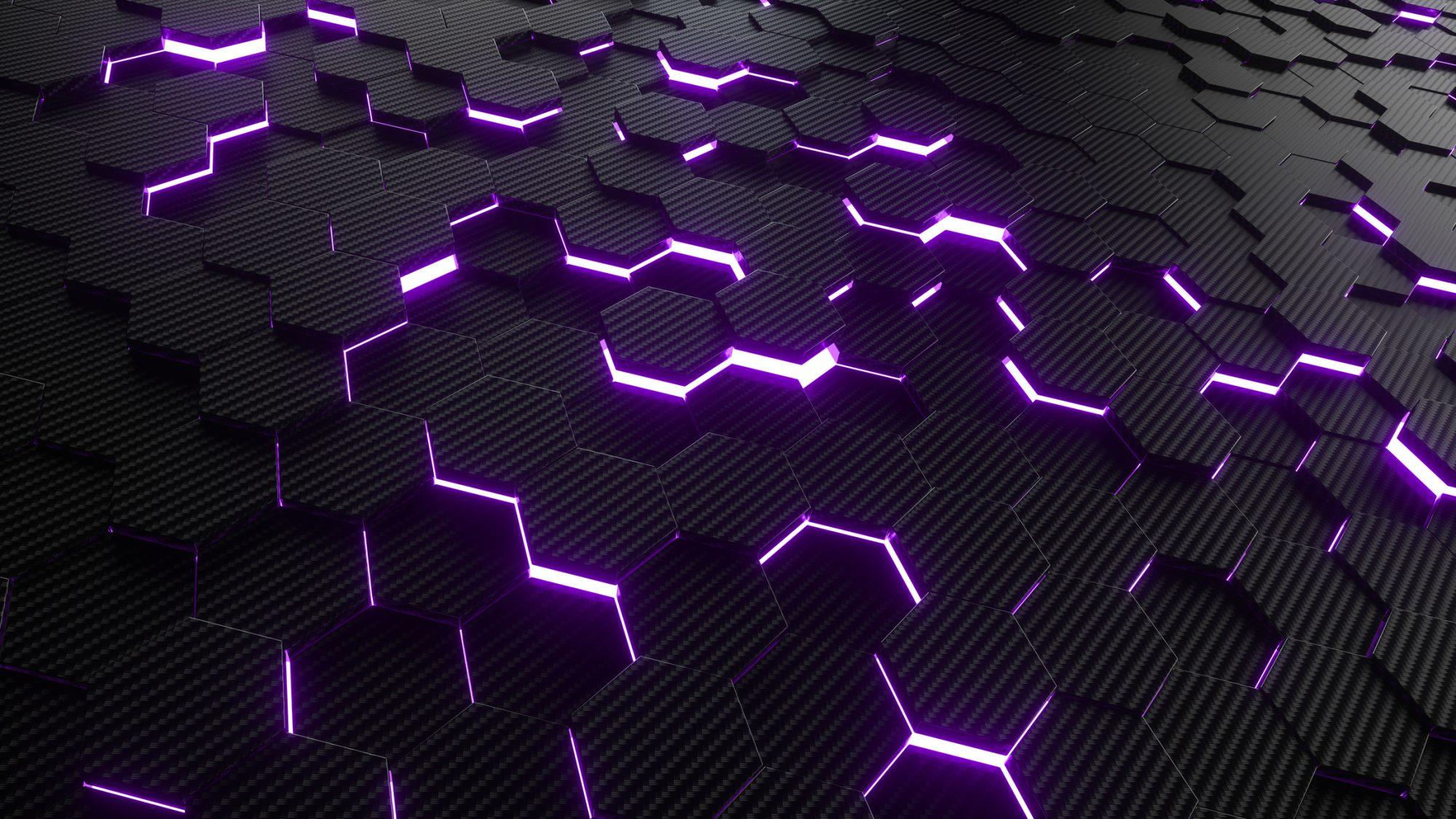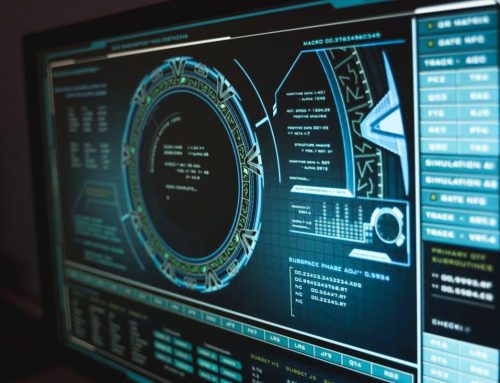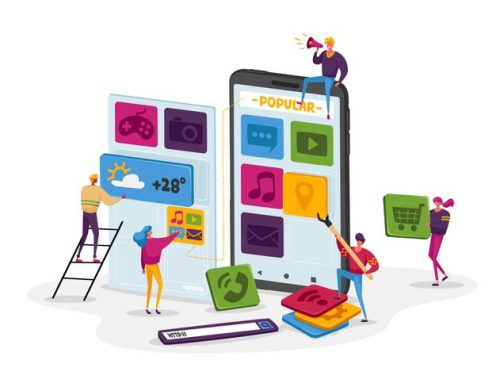Understanding the fundamentals of a blockchain is essential for success in the crypto space.
Blockchain technology has received $6.6 billion in investments. In addition to supporting the worldwide bitcoin industry, the technology has special applications in the real estate, logistics, and healthcare industries.
A peer-to-peer (P2P) network of computers known as a blockchain is a decentralized digital ledger made up of blocks that records data. Once data is entered into this ledger, it is nearly impossible to remove, change, or hack it. Many have been motivated to start their own blockchain-based enterprises by the blockchain’s distinctive quality.
However, it is crucial to comprehend how the blockchain functions before considering how you may use it in your organization. To fully utilize what blockchain technology has to offer, let’s examine its various layers.
Getting to know the blockchain
There are two methods to comprehend blockchain technology, which is vital to keep in mind when discussing the levels of the blockchain. Understanding blockchain architecture is the first step. The hardware layer, the data layer, the network layer, the consensus layer, and the application layer are the five layers that make up blockchain technology.
The second is the blockchain network’s split based on protocol. A network’s collection of rules are referred to as a protocol. There are four layers in the blockchain protocol: Layer 0, Layer 1, Layer 2, and Layer 3. Let’s examine each of these categories in turn.
Blockchain architecture
Hardware layer
Hardware components including network connections, network computers, and data servers make up the first layer of the blockchain. Data servers house the data that is kept inside a blockchain, and computers connected to the blockchain network can exchange this data. As a result, a P2P network is developed in which each network node (or computer) independently verifies information.
Data layer
The management of network-stored data takes place at the data layer, which is the second tier of this structure. Every block of information in this layer is related to the one before it. The genesis block is the sole one that is not connected to any other blocks (the first block in the network).
A private key and a public key are used to protect each transaction that is written on these blocks. A public key is used to confirm who has signed for the transaction, whereas a private key is a digital signature that is only known to its owner and is used to authorize transactions. Simply said, for you to receive cryptocurrency, you must use your private key to validate the transaction and demonstrate your ownership to your blockchain wallet. If someone wants to send you cryptocurrency, they will need to know your public key.
Network layer
This layer makes it easier for nodes in the blockchain network to communicate with one another. Additionally, blocks are created and uploaded to the blockchain in this layer. This layer is also known as the propagation layer as a result.
Consensus layer
This layer makes ensuring that the network’s rules are upheld consistently throughout the network. To add a transaction to the blockchain, all nodes in the network must concur on it; one node cannot simply do this. The likelihood of fraudulent transactions being added to the blockchain is reduced by this level of verification.
Application layer
This layer makes it easier to use the blockchain for many different things. Smart contracts and decentralized applications make up it (DApps). This layer serves as the blockchain’s user interface and is basically what a user would run into when interacting with a blockchain network.
Blockchain protocol
Layer 0
The network hardware, including the internet and any connected devices, coexists at layer zero. It serves as the base upon which the additional layers are erected.
Layer 1
The various transaction-processing blockchains (including Bitcoin, Ethereum, and Binance Smart Chain) make up the protocol’s initial layer. This layer of the protocol, which includes several consensus techniques like proof of work and proof of stake, protects the security of the blockchain.
Layer 2
The execution layer is another name for this layer. The volume of transactions carried out on a blockchain rises as it gets bigger. We require scalable (able to manage the increasing load) Layer 2 solutions to accommodate the increased number of transactions. The initial layer of the protocol’s problems are frequently solved via off-chain (or third party) solutions. These techniques enhance rather than diminish the initial layer’s features.
Layer 3
The blockchain protocol’s application layer is represented by this. It consists of the various decentralized autonomous organizations (DAOs) and blockchain-based applications (Dapps) that are currently available on the market, such as Decentraland and CryptoKitties.
To sum up…
In short, gear like data servers and connected gadgets enable blockchain technology. Blocks of data are kept in the data layer by the network this hardware creates. The data stored in the data layer is shared within the network within the network layer, and the consensus layer verifies the data. Finally, employing additional tools and applications, the application layer gives the blockchain real-world utility.
The protocol layers of the blockchain architecture are concerned with enhancing the blockchain’s utility, as opposed to the layers of the blockchain architecture that maintain the network’s uptime. The rest of the protocols are built upon Layer 0 to form the foundation for the various blockchains. Scalability fixes are included in Layer 2 to address concerns in these blockchains, while Layer 3 describes how users interact with the blockchain.
By 2026, it is predicted that the worldwide blockchain market would be valued $67.4 billion. It is critical that individuals learn more about this field given the growing importance of blockchain. Your ability to grasp the fundamentals of this technology should be facilitated by taking a comprehensive look at these sub-categories.
Los Angeles Software Developer has the best blockchain developers around. Contact us today to discuss your next blockchain development project.




